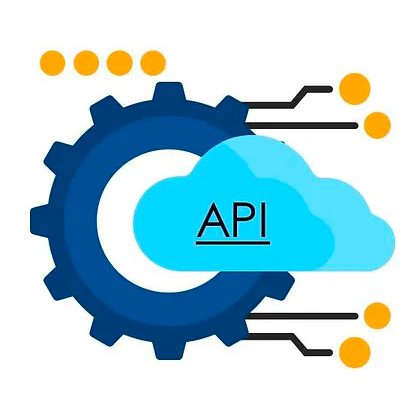In the evolving landscape of web development, developers search for innovative ways to enhance their applications. APIs (Application Programming Interfaces) — which enable seamless communication between software applications — have emerged as powerful tools for achieving that. Using APIs to integrate third-party services into your web platform can transform your product and elevate your offerings.
Understanding APIs
An API is a set of rules governing how separate software applications should interact. APIs facilitate communication between diverse applications, platforms, or services. They come in various forms, including Web APIs (utilizing HTTP methods), Library APIs (extending functionality within programming languages), and Operating System APIs.
Common Third-Party API Integrations
- Payment Gateways – Services like Stripe and PayPal offer APIs for secure and seamless online payment processing.
- Social Media Integration – APIs from platforms like Facebook, Instagram, and Twitter facilitate social media authentication, sharing, and content retrieval.
- Mapping and Location Services – APIs such as Google Maps provide geolocation, mapping, and route planning functionalities, enhancing the spatial aspects of applications.
- Authentication – OAuth and OpenID Connect are popular APIs for implementing secure user authentication.
The Benefits of API Integration
- Functionality Expansion – Integrating APIs empowers developers to augment their applications with new features without the need to build everything from scratch. This accelerates development timelines and fosters innovation.
- Time and Cost Efficiency – By tapping into existing APIs, developers can significantly reduce development time and costs. Why reinvent the wheel when a well-crafted API can provide the desired functionality?
- Data Access – APIs enable seamless access to external data sources, allowing applications to pull in real-time information from various platforms. This dynamic data integration enhances the relevance and value of your application.
- Improved User Experience – Third-party API integration can enhance user experience by offering additional functionalities and services directly within the application. This leads to a more engaging and feature-rich user interface.
Overcoming Challenges
While the benefits of API integration are vast, developers must navigate some challenges:
- Rate Limiting – APIs often have rate limits to prevent misuse. Developers should be mindful of these limits and implement strategies to handle them strategically.
- Security – Secure authentication mechanisms and data encryption are paramount to protect against potential security vulnerabilities.
- Dependency Management – Relying on external APIs introduces dependencies. Developers should be aware of service changes and be prepared to adapt their applications accordingly.
Popular API Integration Technologies
- RESTful Services – Simple and widely used for web APIs.
- GraphQL – Offers a flexible and efficient alternative to REST.
- AJAX (Asynchronous JavaScript and XML) – Enables asynchronous data retrieval without reloading the entire page.
- Swagger/OpenAPI – Provides tools for designing, building, and documenting APIs.
The Web Development Workflow with APIs
- Research and Selection – Identify APIs that align with your application’s needs and objectives.
- Authentication – Implement robust authentication mechanisms to ensure secure access to the API.
- Implementation – Develop the necessary code to interact with the API, and handle requests, responses, and potential errors.
- Testing – Thoroughly test the API integration to ensure seamless functionality and identify and address any issues.
- Monitoring and Maintenance – Regularly monitor API usage, stay informed about updates or changes, and be prepared to adapt your integration as needed.
Conclusion
The power of APIs in web development is their ability to foster connection, enhance functionality, and streamline development processes. Thoughtful integration of third-party services can significantly accelerate development, improve user experiences, and keep applications dynamic and up-to-date with the latest features and data. However, developers must remain vigilant, considering security implications and adapting to changes in external services. By effectively leveraging APIs, developers can unlock new dimensions of innovation and deliver more robust web applications.
